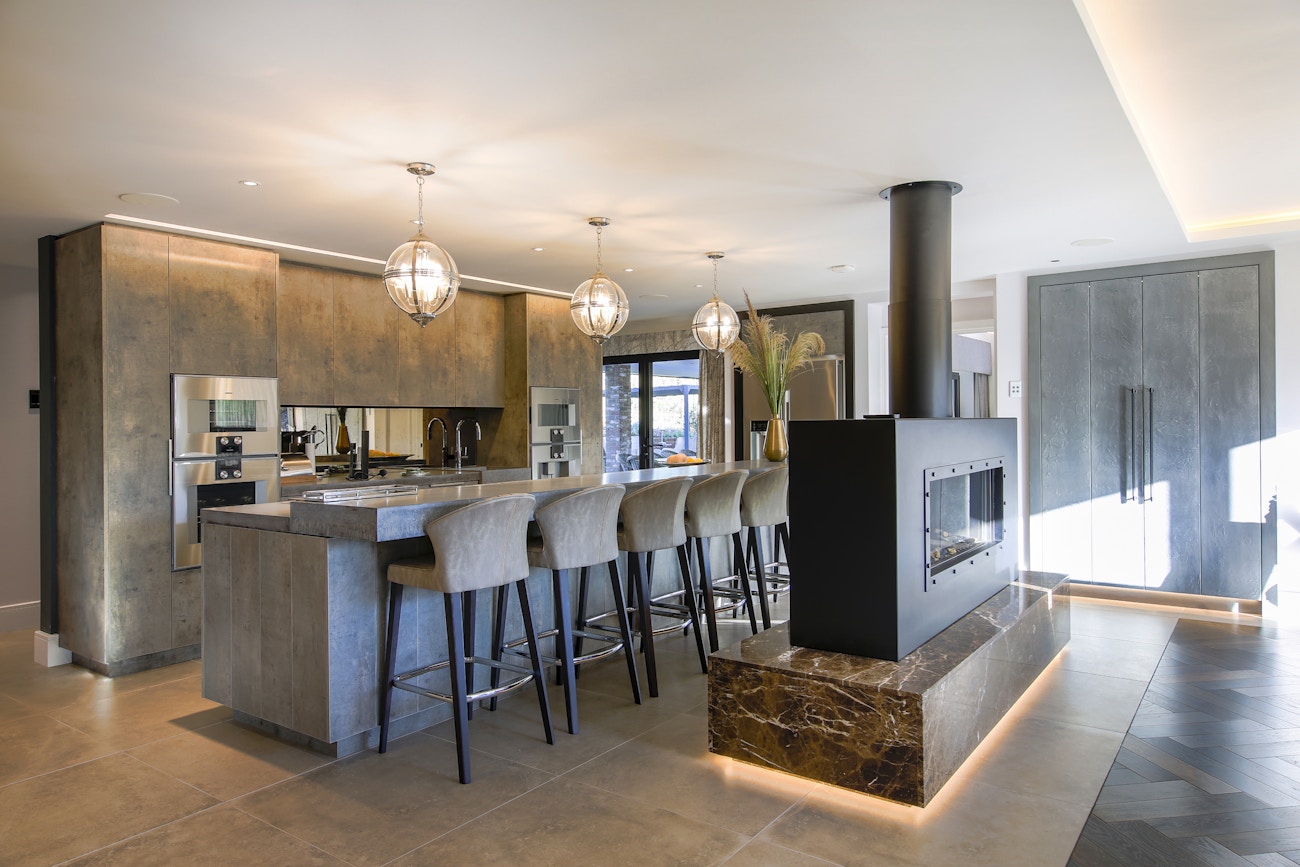Lighting design is key when it comes to creating the right ambience in your home. Lighting can make or break the look of your space and the mood in a room.
When it comes to lighting your home, you may have considered splashing out on a stunning focal piece in a particular space, but the key to great lighting lies in the quality of light, where, and how it’s being used.
But just where in your home should you incorporate lighting design? And how exactly can you light your home? We explore these types of questions in this article.
Read on to find out how to light your home with residential lighting design.
How to light your home
1. Start with a plan
If you’re starting from scratch, start with a plan that tackles the lighting essentials. Consider any features you’d like to highlight with lighting, and think about the type of activities that take place in each room (eating, reading, working).
In the kitchen, for example, you might want multiple lighting options – bright task lighting for cooking preparation, and then the ability to dim the lights later in the evening.
Ask and answer your questions at this point of your plan, and discuss style, output, and light temperature with your lighting designer. Early planning will prevent errors and rushed last-minute decisions.
2. Think about convenient lighting
Think about how you want lighting to affect or help you in each room.
Kitchen areas will require direct task lighting. A combination of downlights and recessed lighting will help you in the kitchen.
Dimmers are also useful features in many rooms. They are energy efficient and an efficient way to change the mood in a room.
![kitchen island lighting]()







